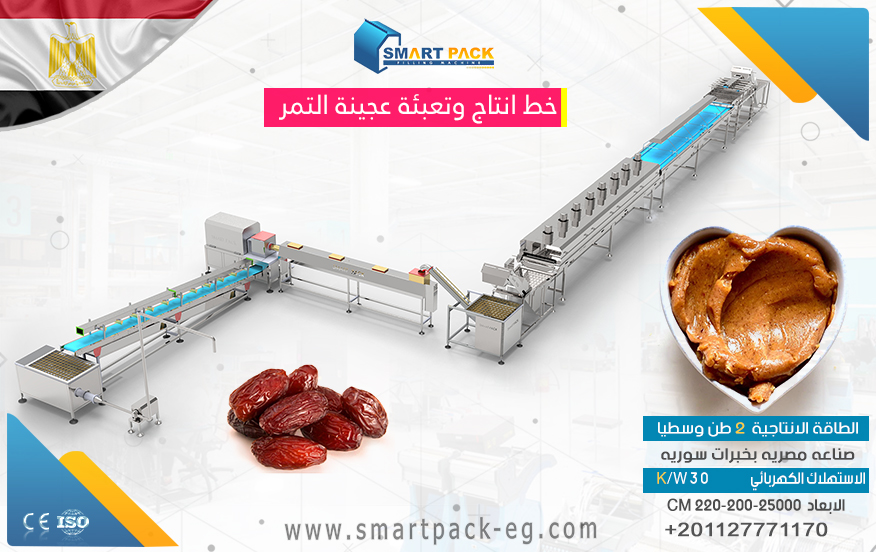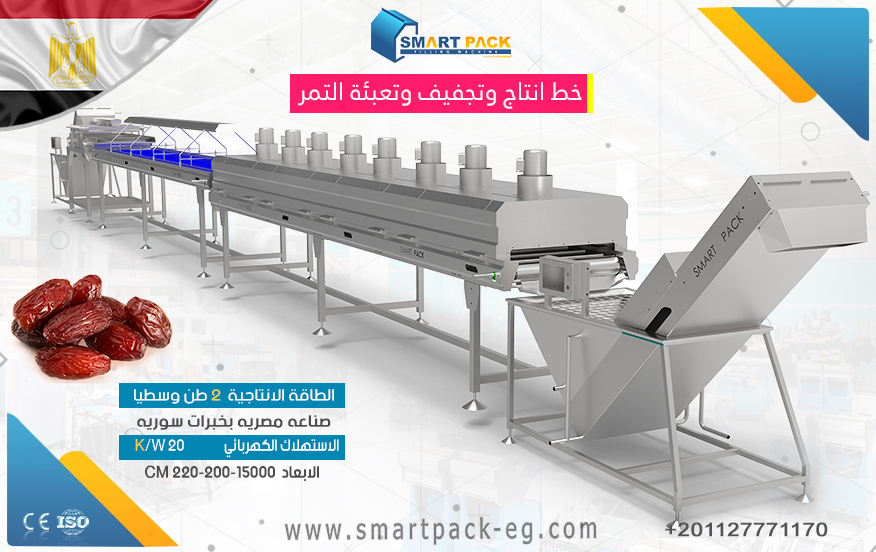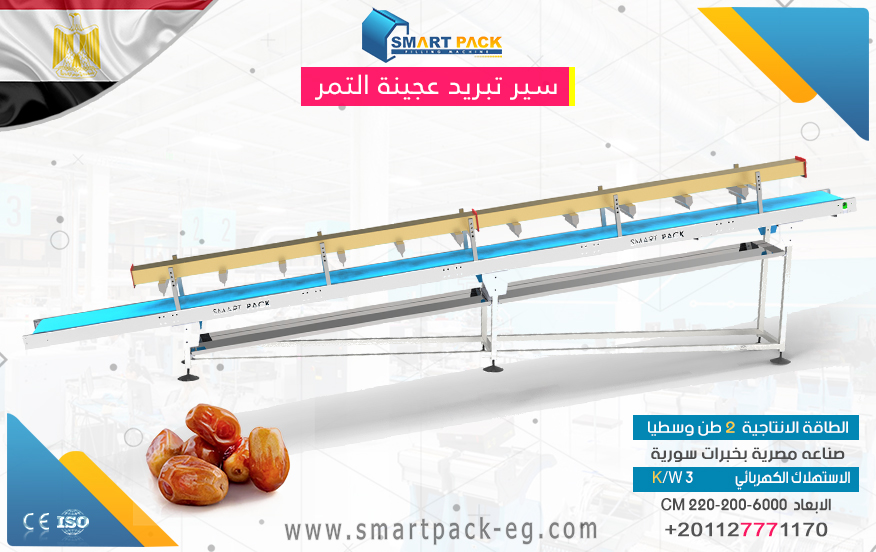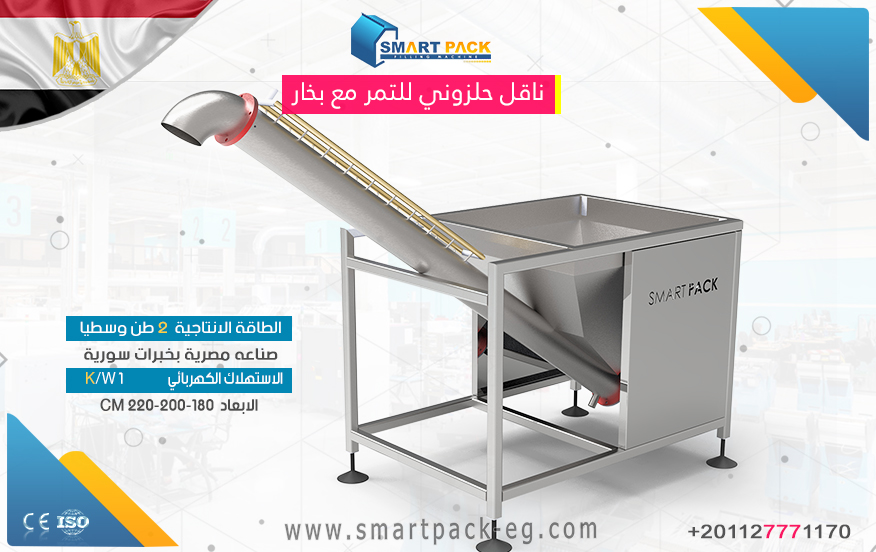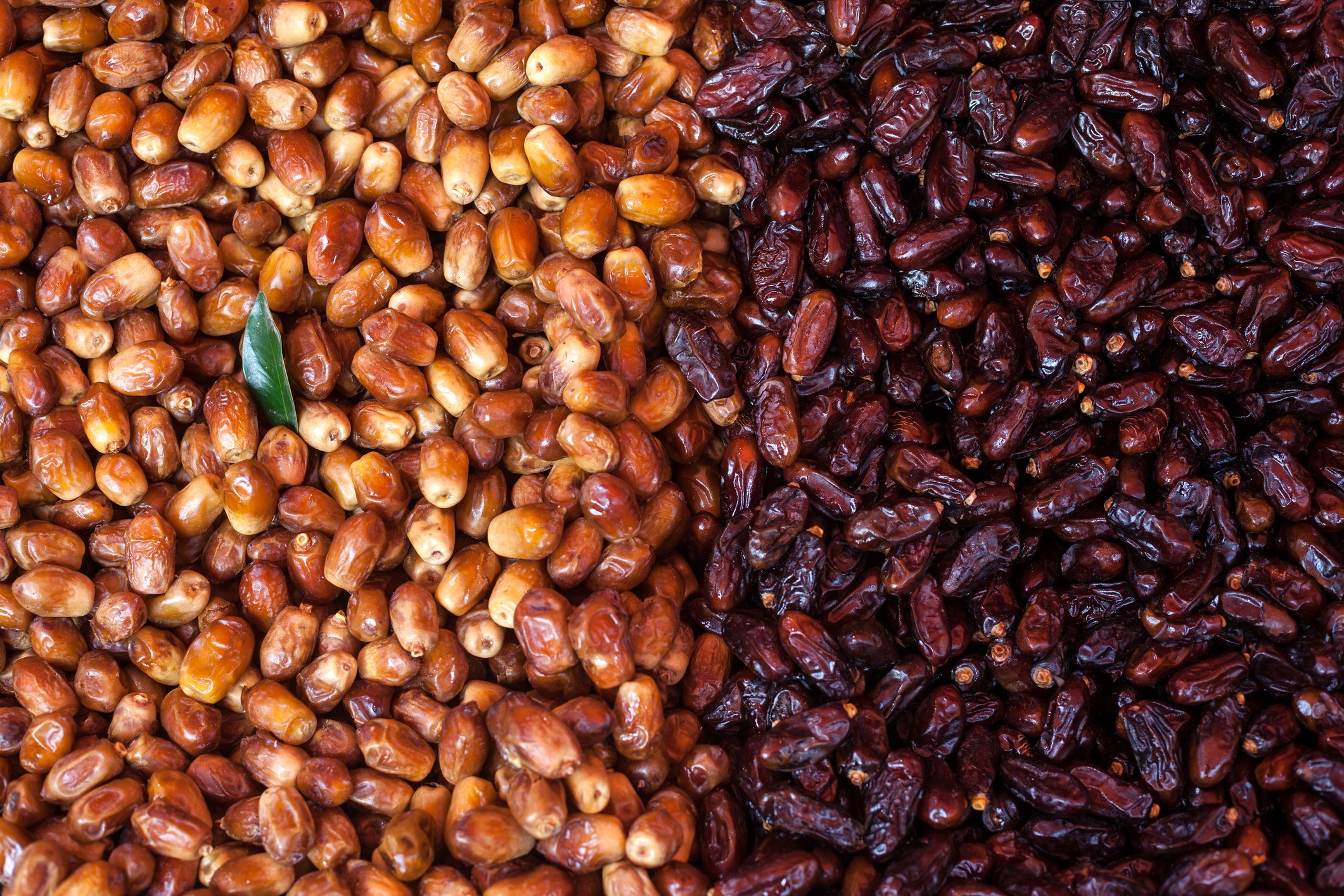How To Guide: Dates Production, Packing, and Drying Factory Machines
Introduction:
In this guide, I will walk you through the process of dates production, packing, and drying. We will explore the different types of machines involved in each step, their essential components, and the overall processing techniques. Whether you are a dates farmer or a factory owner, this guide will equip you with the knowledge to optimize your production process.
Chapter 1: Dates Production
1.1 Types of Date Harvesting Machines:
When it comes to dates harvesting, there are various machines available in the market, each with its own unique features. Some common types include:
- Shakers: These machines shake the palm tree, causing the dates to fall onto a catching surface.
- Aerial Baskets: Equipped with a mechanical arm, these machines pluck the ripe dates from the palm trees.
- Handheld Harvesters: These portable machines facilitate manual harvesting by cutting the bunches of dates.
1.2 Components of Dates Harvesting Machines:
Depending on the type of machine, the components may vary. However, some essential components include:
- Cutting Blades: Used in handheld harvesters to trim the bunches of dates.
- Mechanical Arms: Found in aerial basket harvesters to reach the dates on taller palm trees.
- Catching Surface: Used in shakers to collect the fallen dates.
- Hydraulic Systems: Provide the necessary power and control for the machines to operate effectively.
Chapter 2: Dates Packing
2.1 Types of Dates Packaging Machines:
Packaging machines play a crucial role in maintaining the quality and appearance of dates. Some commonly used machines for dates packing include:
- Weighing Machines: These machines accurately measure the weight of the dates before packaging.
- Sorting Machines: Used to separate dates based on their size, color, or quality.
- Filling Machines: Employed to fill the pre-measured quantities of dates into bags or containers.
- Sealing Machines: Seal the bags to ensure freshness and prevent spoilage.
- Labeling Machines: Automatically label the packaged dates with important information such as date of production and expiration.
2.2 Components of Dates Packaging Machines:
The components of packaging machines may vary depending on their type, but some essential components include:
- Conveyor Belts: Transport the dates from one machine to another during the packaging process.
- Sensors: Detect and sort the dates based on predetermined criteria.
- Filling Nozzles: Dispense the measured quantities of dates into the bags or containers.
- Heat Sealers: Used for sealing the bags to maintain freshness and extend shelf life.
- Control Panels: Provide operators with easy control and monitoring of the packaging process.
Chapter 3: Dates Drying
3.1 Types of Date Drying Machines:
Drying is a vital step in dates production, as it enhances their shelf life and concentrates their natural sugars. Some common types of date drying machines include:
- Tray Dryers: Utilize heated airflow to remove moisture from the dates placed on trays.
- Tunnel Dryers: Dates are transported through a tunnel where warm air circulates to dry them evenly.
- Fluidized Bed Dryers: Dates are suspended and agitated in a bed of hot air, speeding up the drying process.
- Solar Dryers: Utilize solar energy to dry the dates in an environmentally friendly manner.
3.2 Components of Date Drying Machines:
Components of date drying machines may vary according to their type, but some essential components include:
- Heating Elements: Provide the necessary heat to dry the dates effectively.
- Air Circulation System: Help distribute heated air evenly for uniform drying.
- Control Panel: Allow operators to regulate temperature, airflow, and drying time.
- Trays or Conveyor Belts: Used for holding and transporting the dates through the drying process.
Conclusion:
Mastering the production, packing, and drying of dates is essential for ensuring the quality, longevity, and marketability of your products. By understanding the different types of machines, their components, and the overall processing techniques involved, you can optimize your production process and gain a competitive edge in the dates industry.

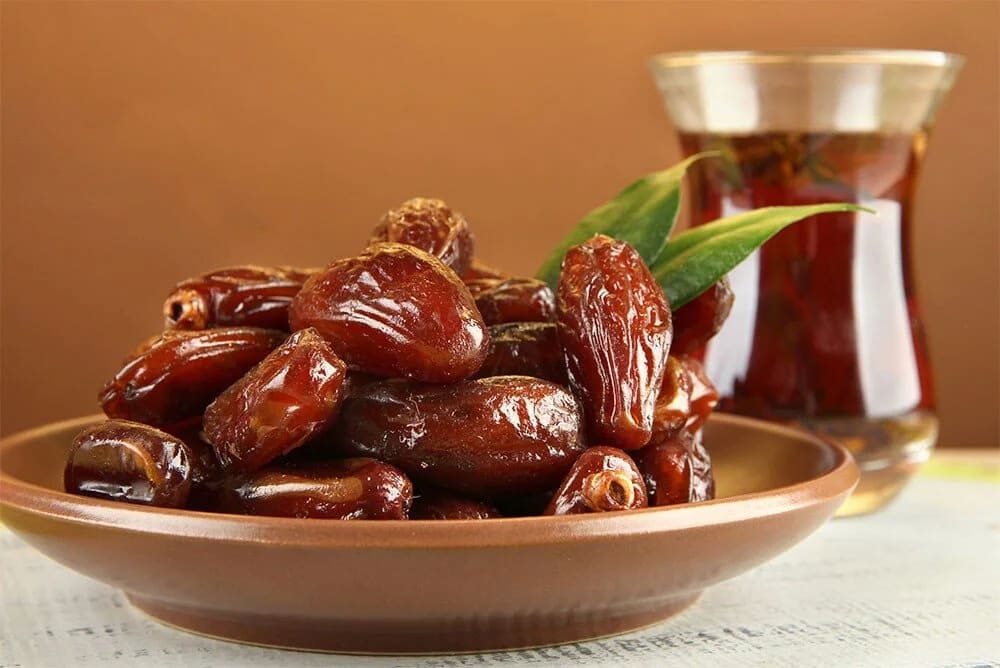
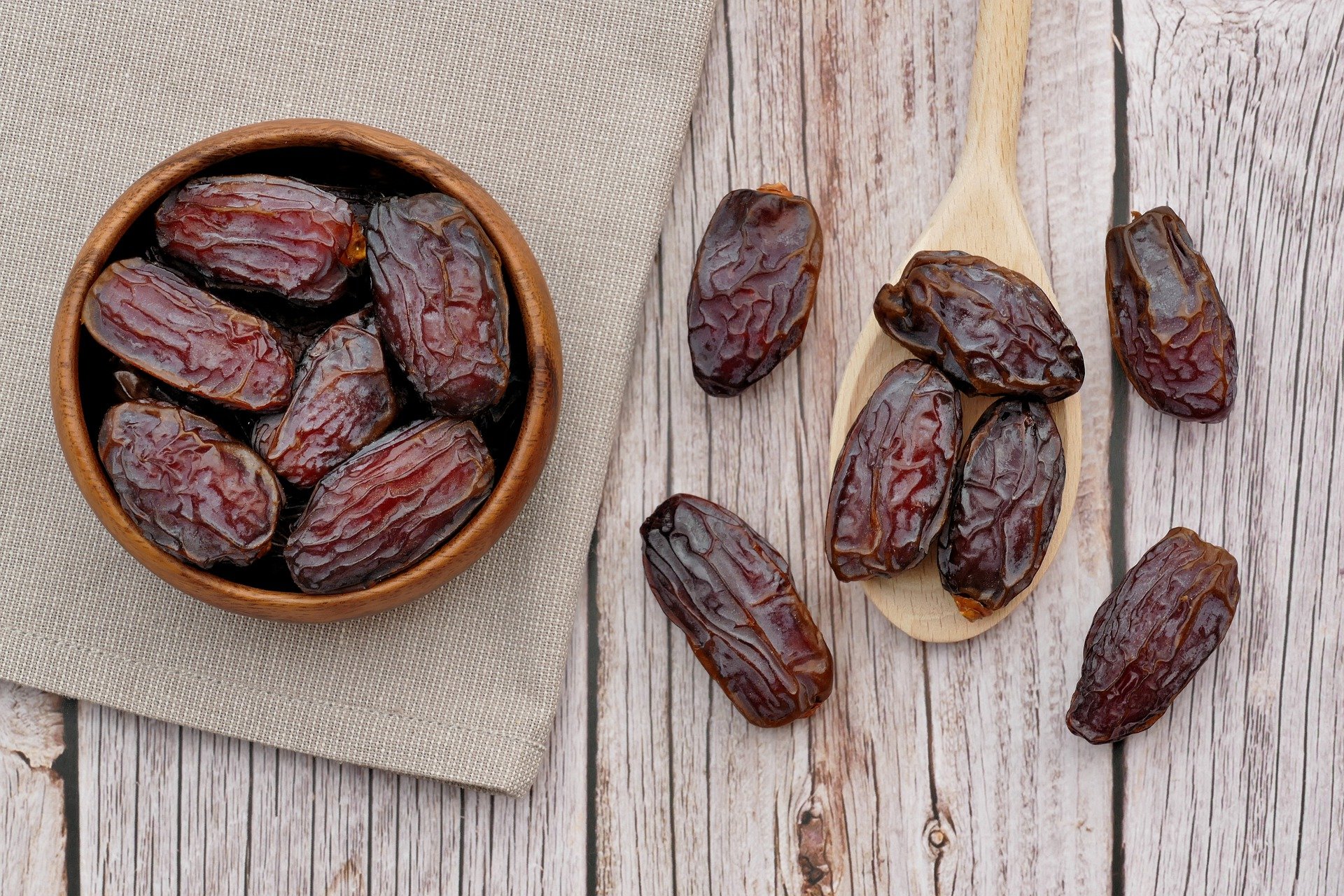
 Admin
Admin 